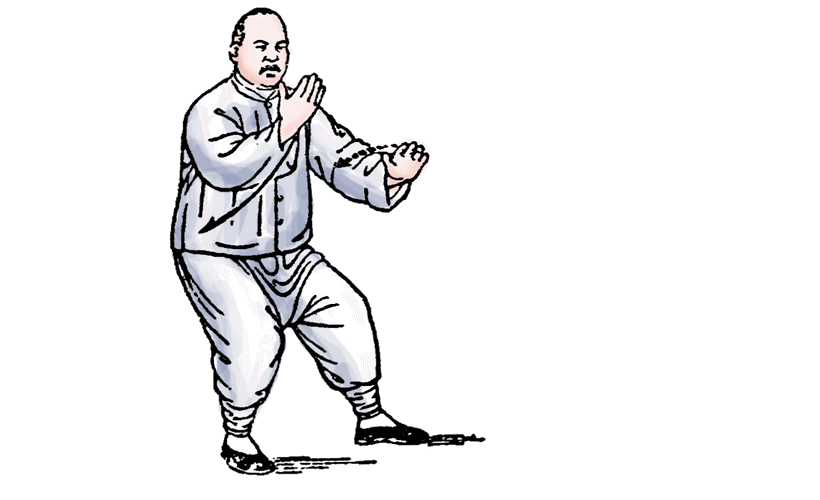- UID
- 377171
- 热情
- 270
- 人气
- 704
- 主题
- 10
- 帖子
- 321
- 精华
- 0
- 积分
- 663
- 分享
- 0
- 记录
- 0
- 相册
- 0
- 好友
- 0
- 日志
- 0
- 在线时间
- 1004 小时
- 注册时间
- 2014-3-30
- 阅读权限
- 20
- 最后登录
- 2020-12-1
 
升级    32.6% 32.6% - UID
- 377171
- 热情
- 270
- 人气
- 704
- 主题
- 10
- 帖子
- 321
- 精华
- 0
- 积分
- 663
- 阅读权限
- 20
- 注册时间
- 2014-3-30

|
中文叫 纤维水泥复合板,都是weatherboard,只不过材料不是木头,很常用的材料,不光是老房子。
FIBRE-CEMENT WEATHERBOARDS
These are available in a range of compositions, thicknesses and profiles. They are also usually a proprietary system that incorporates a range of compatible components and must always be installed in accordance with the manufacturer’s instructions.
Fibre-cement is a very absorbent material, and the boards must be painted to be made weathertight and durable. Dark colours should be avoided to prevent distortion (although there are some compositions that are more stable).
Fibre-cement boards tend to be more tightly fixed and more stable than timber boards, so the installed system is not as air leaky. Thinner boards offer minimal voids at the laps although thicker bevel-back style boards have similar sized voids to those of bevel-back timber boards. In general, fibre-cement weatherboards have less drainage and drying capacity than timber weatherboards.
Check the manufacturer’s specification regarding installation requirements for weathertightness risk. In general, for buildings with a risk level of 6 or below, fibre-cement weatherboards or planks can be fixed directly. Bevel-back fibre-cement weatherboards are not covered by E2/AS1. However, the requirement for a cavity follows the E2/AS1 recommendations for timber bevel-back weatherboards.
All fibre-cement weatherboards are vulnerable to:
thermal movement
moisture absorption
moisture penetration at board ends if not properly sealed. |
|



